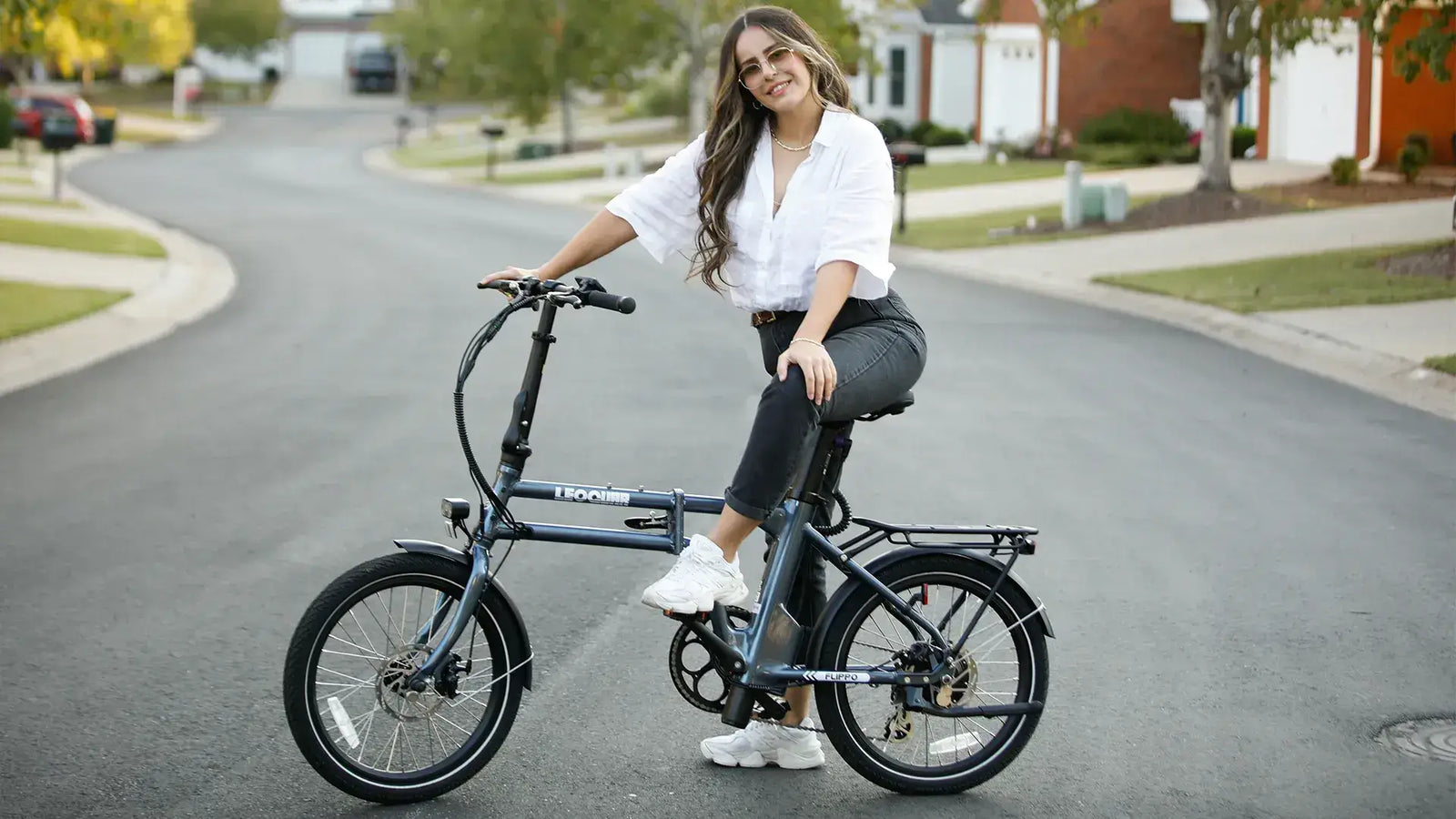
What Kind of Charger Does an Ebike Use? Explained for Beginners
Introduction
Ebike chargers are critical components designed to safely recharge your ebike's battery while ensuring long-term performance and safety. Using the wrong charger can hurt your battery or even damage it. In this guide, we look at how ebike chargers work, discuss technical details, and share best practices from industry experience.
Matching a charger with your battery is not just convenient but necessary for safety. Using chargers with wrong voltage or current could lead to overheating or battery damage. Manufacturers design chargers that work specifically with the battery management system to control charging. This article talks about voltage ratings, battery types, connector types, and safety.
This guide helps travelers, commuters, and ebike fans understand their equipment better. We explain technical terms in simple language while sharing real-world experiences. Each section starts with basic ideas before going deeper into technical details. We also give practical tips and compare different charger designs.
Always check your ebike manual and follow manufacturer recommendations to get the longest life from your battery. As electric bikes become more popular, new technologies like smart charging are appearing. This guide will help you pick a charger that meets your needs and safety standards.
By learning about the charging process, from power conversion to safety features, you'll know how to maintain your ebike properly. Now let's look at the technical aspects of ebike chargers.
Understanding Ebike Chargers
Ebike chargers convert AC power from your wall outlet into controlled DC power for your battery. They typically work with voltage ranges like 36V, 48V, and 52V. Let's explore their specifications and how they work.
Voltage Ratings and Battery Specifications
Ebike batteries usually come in voltages such as 36V and 48V. A 36V battery needs a charger with output around 42V. 48V batteries require chargers with about 54V output. The voltage rating shows the maximum voltage during charging. Using a charger with wrong voltage can cause poor charging or battery damage.
Chargers are designed to match both capacity and type of battery. Lithium-ion batteries, which most ebikes use, don't like voltage changes. A properly rated charger ensures compatibility and helps the battery last longer by charging it correctly. Each ebike model may have different requirements, so always check your documentation before buying a charger.
Connector Types and Charging Interfaces
Connectors link the charger to the battery for efficient power transfer. Common types include DC jacks, barrel connectors, and brand-specific plugs. Using the wrong connector can cause poor electrical contact and inefficient charging.
Different ebike models often use different plug designs for safety. Budget ebikes might use standard barrel connectors, while premium brands might have custom connectors with extra safety features. Using an incompatible plug can reduce performance or even cause short circuits. Experts agree you should only use chargers provided or approved by the manufacturer. Paying attention to these details helps keep your charging safe and efficient.
How Ebike Chargers Work
Ebike chargers have circuits that change power from your wall outlet to the right DC voltage for your battery. This process uses components that adjust current and voltage to match what the battery needs. The charger talks to the Battery Management System (BMS) to charge in stages, usually starting with constant current and ending with constant voltage.
The charging system includes safety features like overcurrent and overvoltage protection, which stop power if something goes wrong. These safety measures prevent overcharging and protect against battery damage or fire. Advanced chargers have temperature sensors and cooling systems to prevent overheating during long charging sessions. In real cases, chargers with cooling fans have kept batteries at safe temperatures even when it's hot outside, helping batteries last longer.
Chargers use efficient electronic parts like switching regulators to convert AC to DC with minimal energy loss. These are better than older designs because they produce less heat and use less electricity. Many modern chargers also include smart features that adjust charging speed based on how full the battery is. This makes charging faster when possible but prevents overcharging. Years of research have led to these improvements, making chargers both safe and efficient.
Selecting the Right Charger for Your Ebike
Picking the best charger means looking at several important factors. The right charger must match your battery's voltage and amperage, consider battery chemistry, charging speed, and safety. This section guides you through these key considerations.
Key Compatibility Factors
Matching your charger with your ebike battery is essential. The charger's voltage and current must align with your manufacturer's specifications. A 36V battery typically needs a charger with 42V output and 2A to 3A current depending on battery capacity. Using mismatched ratings can lead to poor charging or battery damage.
Different battery types like lithium-ion, lead-acid, and nickel-metal hydride charge differently. Lithium-ion batteries are most common in today's ebikes because they're lightweight and hold more energy. They need precise voltage control to avoid overcharging, which shortens battery life. When choosing a charger, it must work with your battery type for efficiency and safety. Always check specifications against manufacturer guidelines first.
Charging speed is another thing to consider. Standard chargers work slowly to help batteries last longer. Fast chargers charge quickly but might wear out batteries if used too often. Many modern charging systems let you choose slower charging for everyday use and faster charging when needed.
Considering these factors ensures your charger works well with your battery, keeping it safe and performing well. Always review your manufacturer's documentation for best results.
Safety Considerations and Best Practices
Safety should be your top priority when selecting an ebike charger. The wrong charger can cause overcharging, heat problems, or even fires. Always use the charger that came with your bike or one that meets strict safety standards. Most quality chargers have built-in protections against power surges, too much current, and overheating.
Below is a comparison of safety features in different charger types:
| Charger Type | Overcurrent Protection | Overvoltage Protection | Thermal Management | Connector Security |
| Standard Charger | Yes | Yes | Basic Cooling | Proprietary/Standard |
| Fast Charger | Yes | Yes | Advanced Cooling | May Require Adapters |
| Smart Charger | Yes | Yes | Adaptive Cooling | Manufacturer Specific |
This table shows how important safety features are when picking a charger. Using a fast charger with high amperage on a battery not designed for it could shorten its life. Recent reviews from Consumer Reports on e-bike charger safety warn about the dangers of using universal chargers incorrectly.
Best practices include unplugging the charger when the battery is full, not charging overnight unless the charger turns off automatically, and keeping the charger in a cool, dry place. Regular cleaning of the charging port and cables helps prevent problems and ensures consistent performance. Smart charging technology makes things safer by automatically adjusting settings based on the battery's condition. Following these guidelines makes charging both efficient and safe.
Practical Tips and Best Practices for Charging Your Ebike
Using good charging habits can make your ebike battery last longer and work better. It's best to follow a routine that's easy on your battery while maximizing efficiency.
Always follow what the manufacturer says about charging cycles. Charge in moderate temperatures to prevent overheating. Don't leave your charger plugged in all night, as too much charging time can strain the battery even if the charger has an automatic shutoff.
Here's a simple guide for safe charging:
1. Check that your charger's voltage and amperage match your battery before using it.
2. Connect the charger firmly to your ebike's charging port.
3. Plug the charger into a grounded outlet and start charging.
4. Watch the charging indicator (if there is one) to make sure the battery is charging correctly.
5. Unplug the charger as soon as the battery is full to avoid overcharging.
Check your charger and battery regularly. Look for damaged cables and keep the charging port clean. This routine maintenance protects your battery and prevents unexpected charging problems.
Using a surge protector is smart when charging in places with unreliable electricity. This prevents voltage spikes from damaging your charger and battery. If you charge daily, plan regular check-ups to catch problems early.
Following these practices helps keep your battery healthy longer. Research shows that batteries charged in controlled conditions keep their capacity better than those exposed to changing conditions. Smart chargers that monitor temperature and adjust charging settings automatically are becoming more common. These devices show how ebike charging technology is improving to focus on safety and efficiency.

Unique Insights and In-depth Analysis
As ebikes become more popular, charger technology is rapidly improving. New trends include smart chargers that connect to smartphone apps, giving you real-time updates and charging status. These innovations offer more flexibility and better battery monitoring, showing a shift toward user-friendly design and improved safety.
A detailed comparison of brand-specific versus universal charger designs shows challenges with both types. Brand-specific chargers are made exactly for a particular battery system, ensuring perfect voltage, current, and connector matching. This reduces risks but limits compatibility with other ebike models. Universal chargers work with many brands but require careful adjustment to avoid problems. They often come with multiple adapters which, if used incorrectly, can cause overheating or reduce battery life.
New smart chargers now use adaptive charging systems that analyze how your battery has performed in the past. This allows them to adjust charging rates for optimal battery life. The market is also seeing more modular designs where connectors can be easily changed or upgraded. Analysis suggests these modular designs may become standard in the fast-changing ebike market.
The development of charging standards is discussed in an Interview on New Charging Standards for eBikes. This source explores how manufacturers are working together on universal protocols while maintaining safety. One interesting development is the trend toward software updates for chargers that can adjust charging based on real-time battery information.
Regulatory agencies are focusing more on testing and certifying chargers. This quality control is crucial given recent calls to ban unsafe universal chargers highlighted in safety reports. Studies show that following standards like UL certification greatly improves charger performance and user safety.
Market trends suggest future chargers may include wireless charging, eliminating the need for physical connections. While these technologies are still developing, they promise more convenience and durability. The analysis shows that while advanced features improve charger performance, basics like proper voltage matching remain critical.
This overview of new trends and detailed case studies aims to help ebike owners make informed decisions. By understanding the technical details and market changes, users can avoid compatibility problems and maximize safety and performance.
Conclusion
Choosing the right charger for your ebike is a critical decision that affects battery performance, life, and safety. We've looked at important technical aspects like voltage ratings, connector types, battery chemistry, and why following manufacturer guidelines matters. Every ebike owner benefits from understanding these elements and using safe charging practices.
This guide emphasizes that careful attention to specifications and regular maintenance are essential. We invite readers to share their experiences and questions to continue the conversation about getting the best performance from your ebike. Stay informed, stay safe, and keep your ebike ready to ride.
FAQs
1. What happens if I use the wrong voltage charger for my ebike?
Using the wrong voltage charger can damage your battery, reduce its lifespan, or create safety hazards including overheating and potential fire risks.
2. How do I know what kind of charger my ebike needs?
Check your ebike's manual for specific charger requirements, including voltage (typically 36V, 48V, or 52V), amperage, and connector type designed for your battery system.
3. Are fast chargers better than standard ebike chargers?
Fast chargers reduce charging time but may cause more battery wear over time. Standard chargers typically extend battery life through gentler, slower charging cycles.
4. Can I use a universal charger for my ebike battery?
While universal chargers exist, they pose risks if not properly matched to your battery specifications. Manufacturer-approved chargers provide the safest and most efficient charging experience.
5. What are the newest ebike charger technologies in 2025?
Smart chargers with app connectivity, adaptive charging systems that optimize based on battery history, and modular designs with interchangeable connectors are leading innovations in 2025.




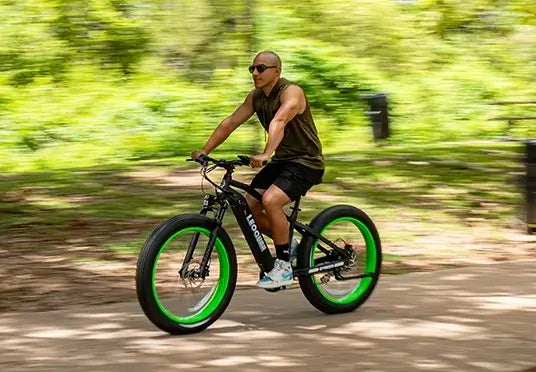
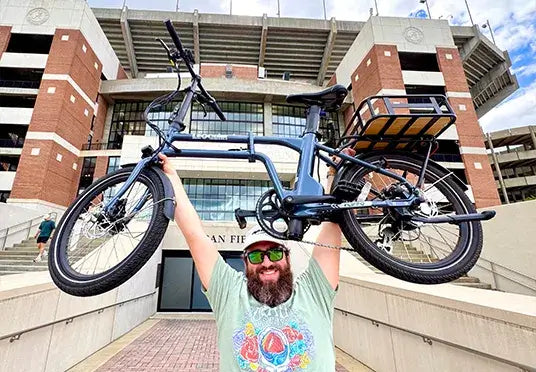

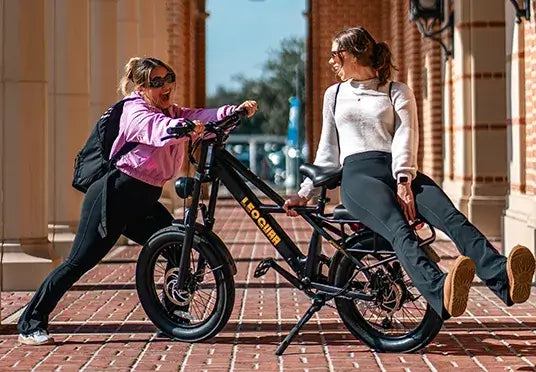
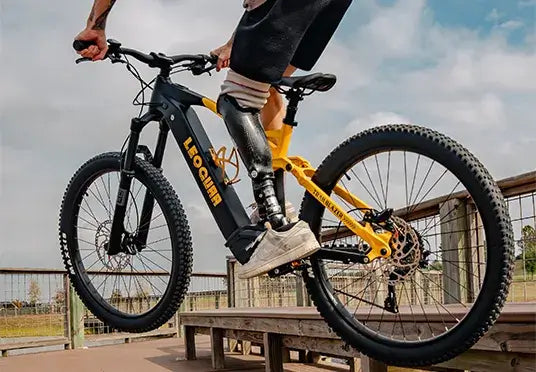

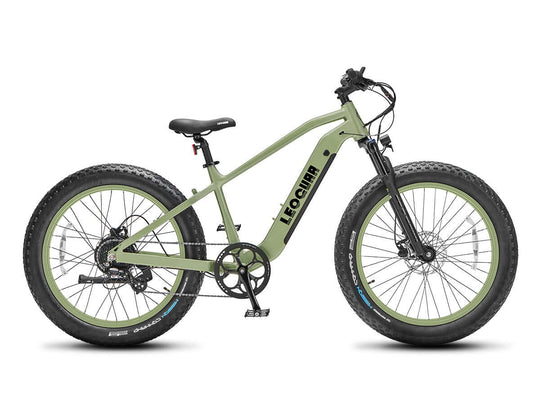
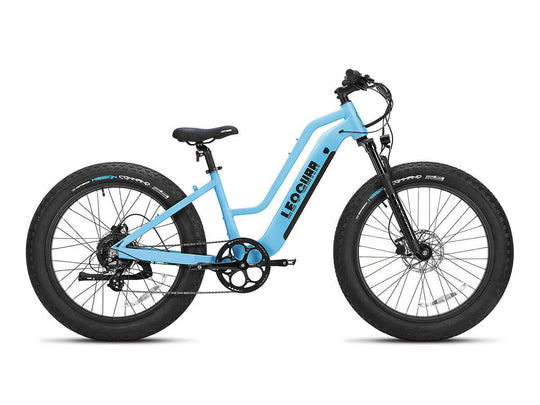
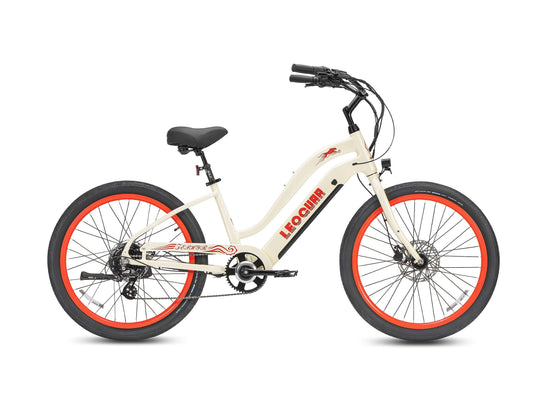
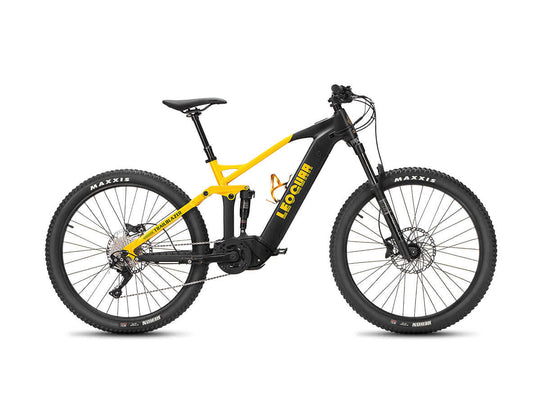
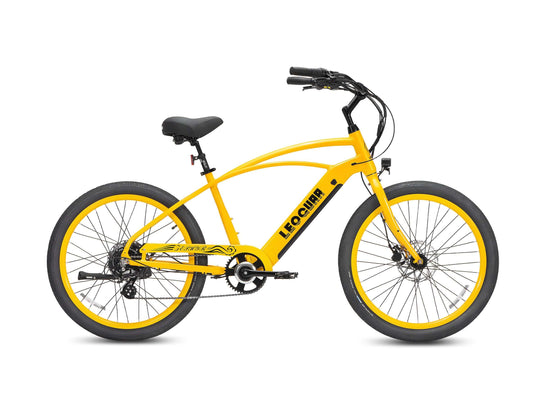
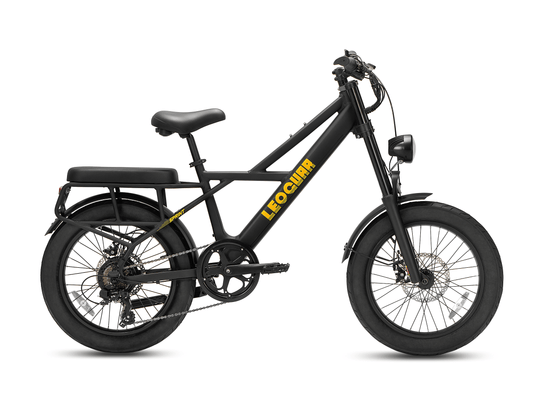

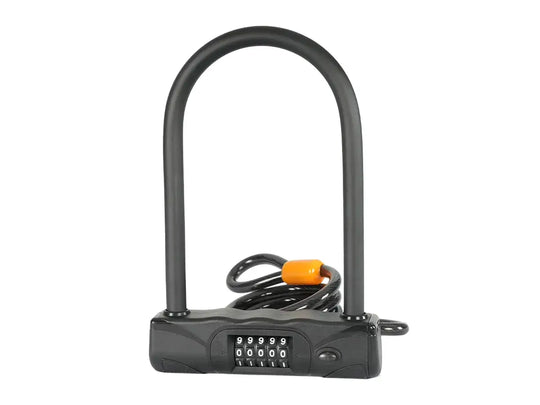
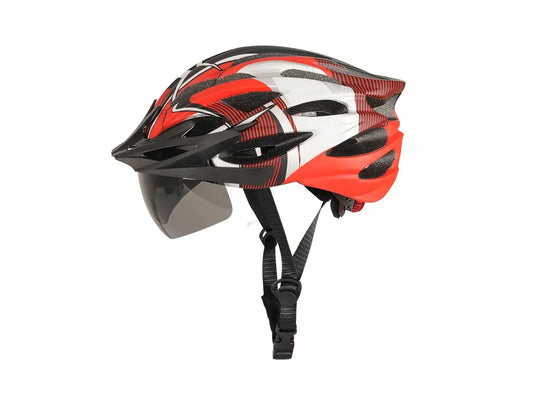
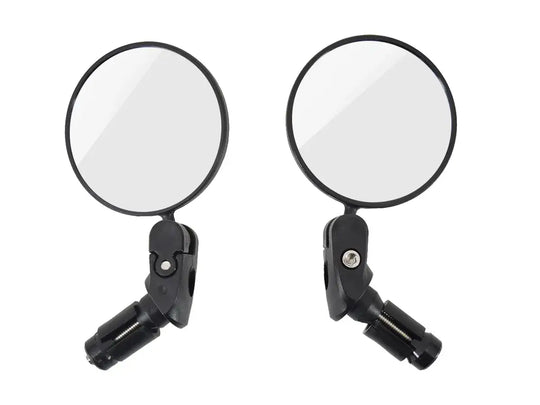

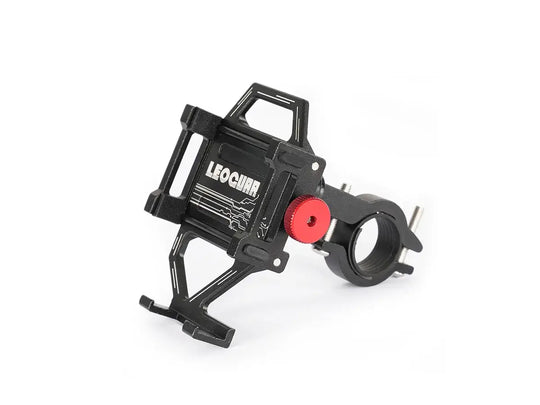
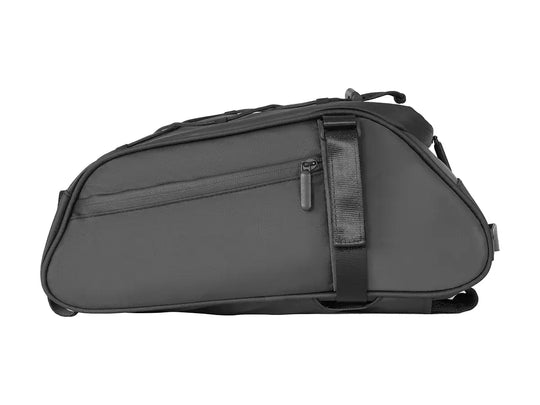
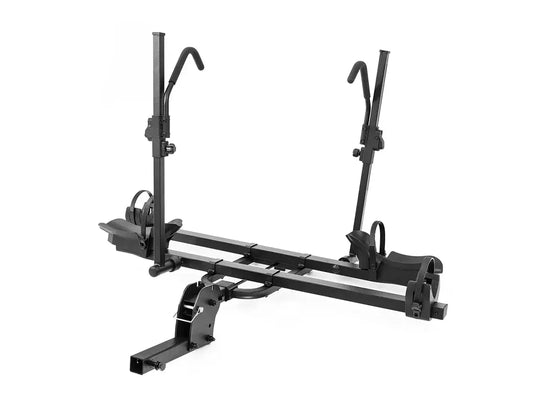
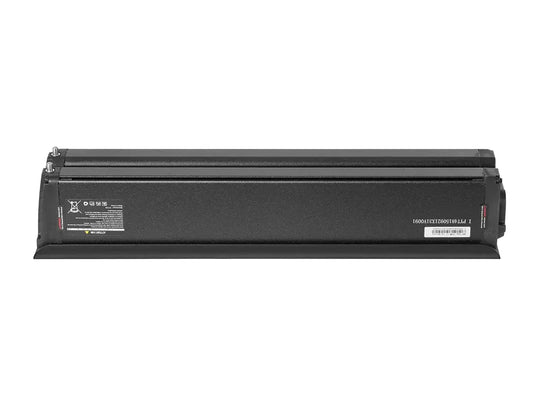
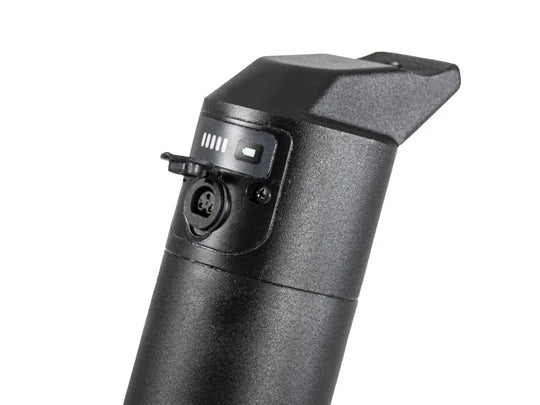
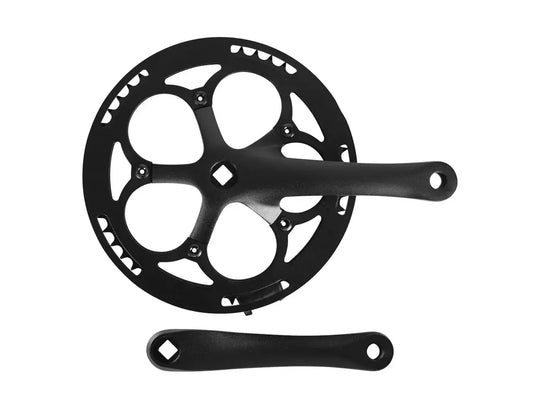
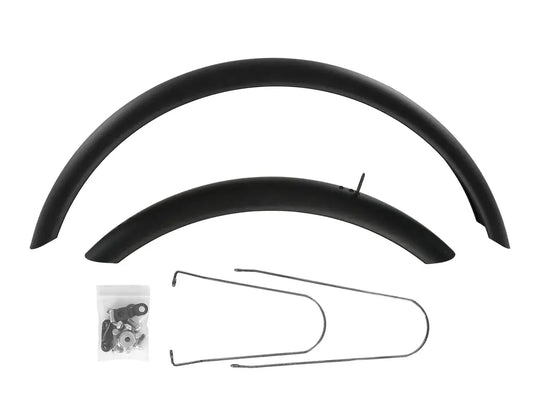
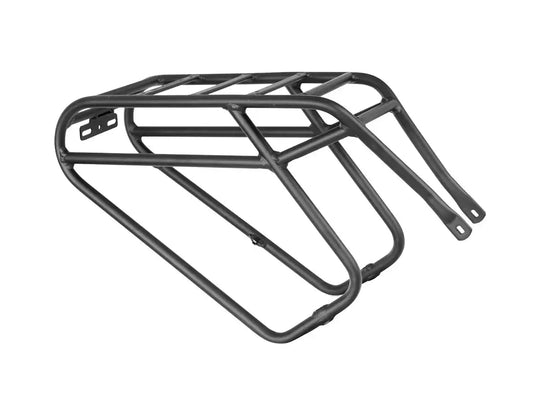
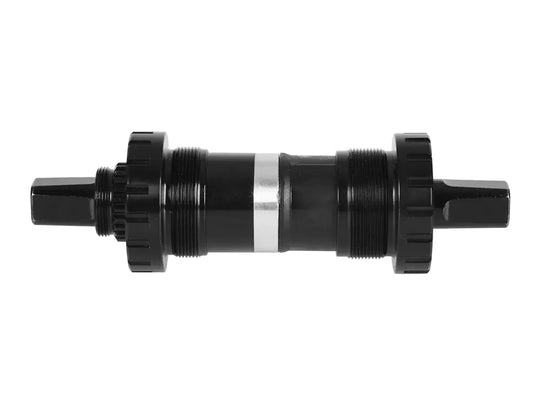
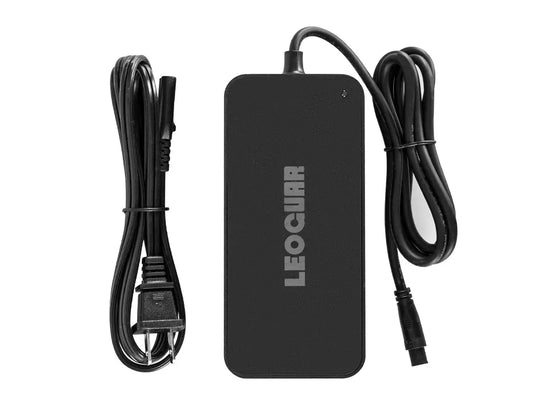
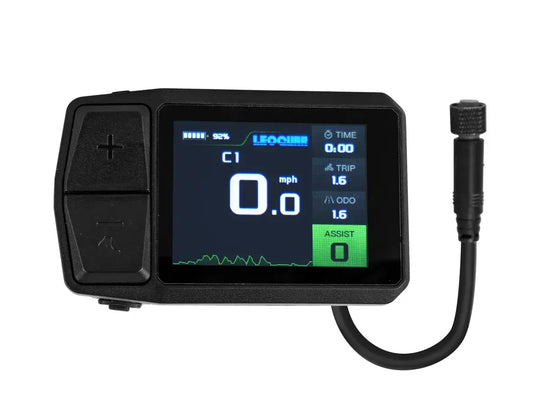
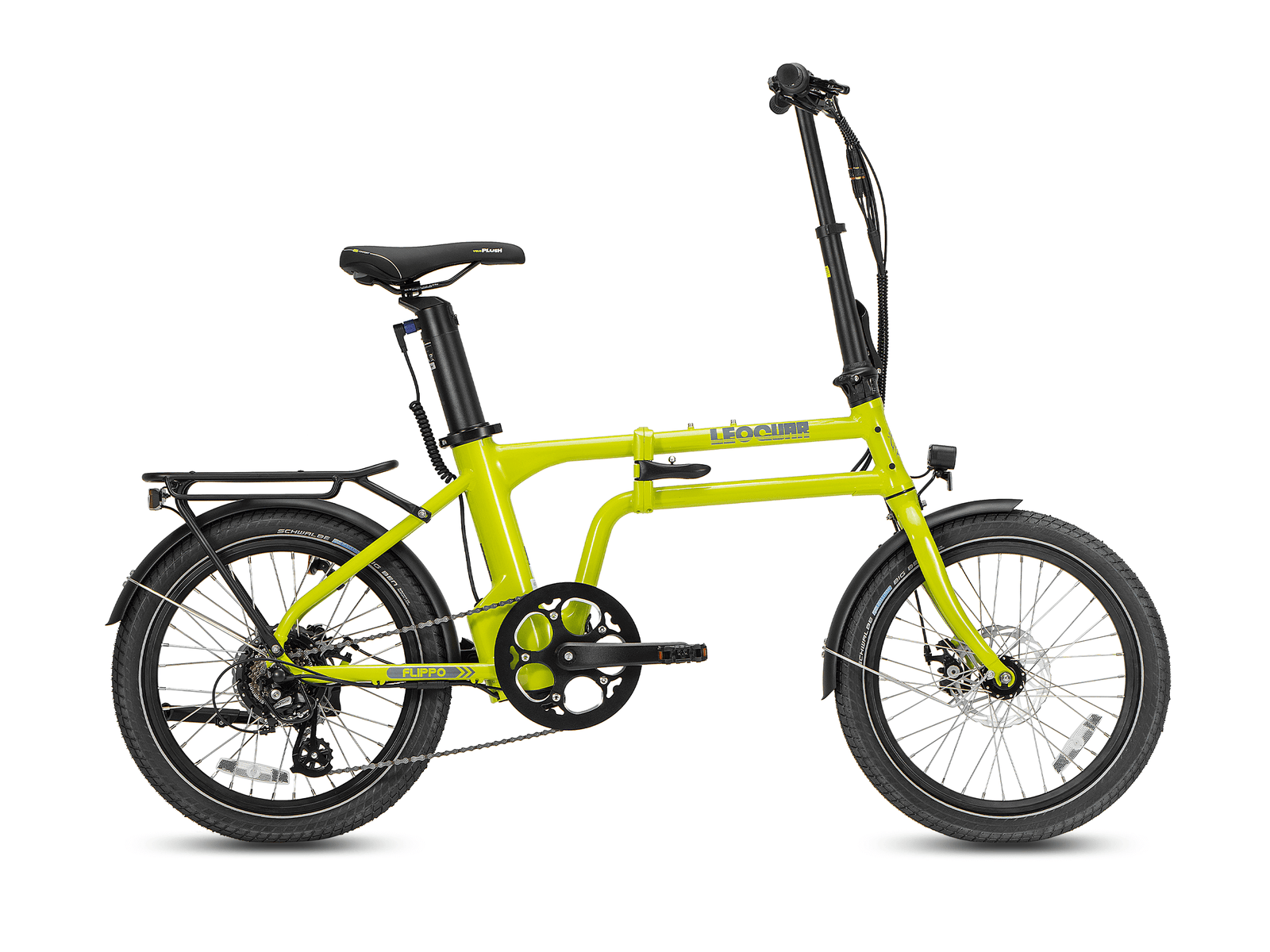








Leave a comment